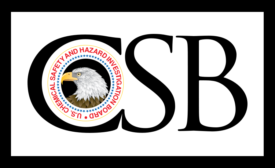Home » hazmat
Articles Tagged with ''hazmat''
A FairWarning story
Baby powder battles: Johnson & Johnson internal documents reveal asbestos worries
January 17, 2018
Never miss the latest news and trends driving the safety industry
eNewsletter | Website | eMagazine
JOIN TODAYCopyright ©2024. All Rights Reserved BNP Media.
Design, CMS, Hosting & Web Development :: ePublishing








